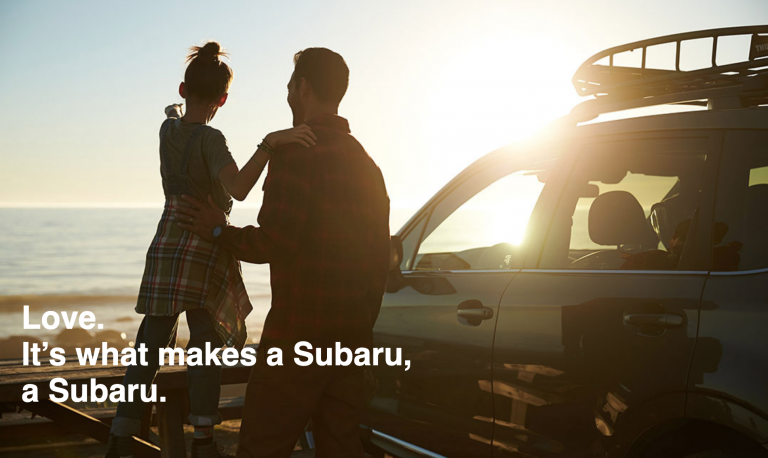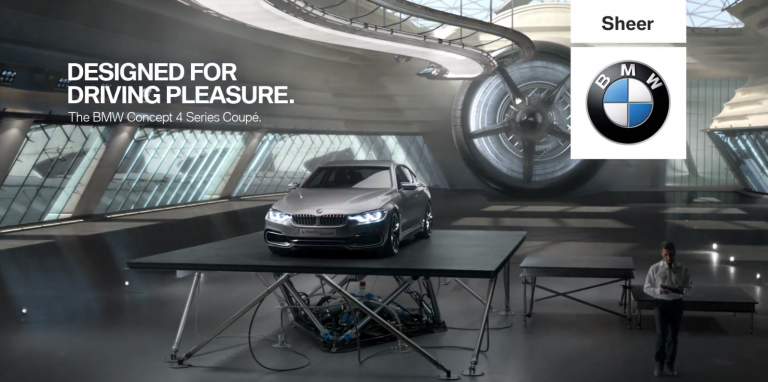Points of Parity and Differentiation: When it Comes to Positioning and Branding, What’s the Point?
Parity and differentiation are the two words businesses use to define where their product or brand is equal to those of their competitors, and where it is unique.
Parity, or equality, sets the bar. Customers have certain expectations of any product or brand in a given market.
For instance, if I am interested in purchasing a new car from a showroom I should be able to test-drive the car before I buy it. This is an assumption by customers that needs to be met to even consider purchasing a new car from a showroom. If this point is not met, the customer will go elsewhere.
Points of differentiation are what positions your brand, or product, apart from the rest. Think of GM’s (now defunct) Saturn branding campaign in the early 90s. Not only could you test drive a car, but get a cup of coffee in the showroom, and talk to salespeople who treated you like a human being, not a “mark.” Saturn had a “no-haggle” pricing strategy and a homey, “we’re family,” message that created a brand with a “cult-like” following.
In this 2009 article from AdAge the rise and fall of Saturn are described, as is the genius of the original branding.
Customers were smitten by the way they were treated by this daring and caring little car company. They rewarded Saturn with an unprecedented level of customer loyalty and became part of the Saturn cult of brand advocates. Saturn was truly living the brand promise.”
Why? Because while it’s the points of parity that gets you a seat at the table, it’s points of differentiation that make you heard.”
Yes, you have a product or service, but, all things being equal—Saturn was a solid car that met the needs of the market in terms of price, fuel efficiency, and amenities (parity)– It’s your brand that will earn you your position in the market.
Your brand, because it’s unique to you, is different than your competitors. Finding those differentiators and then telling your brand story in a way that resonates with your customers will attract and, if handled correctly, soon create an enthusiastic core of customers who then become brand ambassadors.
Saturn isn’t the only car company that found the best differentiation was brand, not product. Two other car companies, BMW and Subaru, also focused on brand differentiators.
After a three-year increase in U.S. sales, in 2010 Subaru boldly put out a new slogan: Confidence in Motion.
But, it’s Subaru’s own confidence in one targeted emotion, love, that’s defined their marketing and advertising since at least 2008. The combination of love-themed marketing and the new slogan even earned their 2010 ad, “Baby Driver,” an Emmy nomination.
Award nominations are great, but the proof is in the numbers. By 2017, Subaru had ten consecutive years of sales increases.
And, while Saturn lovers may have been cult-like, Subaru lovers, dubbed “Subies,” actually have clubs, online groups, and badges of honor.
That is some serious marketing success.
Why did it work?
I firmly believe that it was the emotional hooks.
Subaru made the all-wheel-drive system its competitive advantage. But, instead of simply stating that a Subaru is a safe car, they evoked the emotion of confidence while touting their competitive advantage: Confidence in Motion.

But, they never move away from their core emotional hook as demonstrated by the use of their classic tagline, “Love. It’s what makes a Subaru, a Subaru” on the “Subaru Life” section of their website. The tagline is paired with an image of a father and daughter with their car.
Another automobile company, BMW, in 2013, avoided the practical parity points of Subaru’s “Confidence in Motion” campaign and focused entirely on the fun. Their new slogan: Designed for Driving Pleasure.
Why did it work? Again, emotion.
BMW is known, as many German cars are, for comfort, style, security, and status. What BMW did with their slogan is harness, visually, the idea of playfully driving along tight roads at a safe and secure high speed, inspiring buyers to want to join in the emotion.


Discerning your points of parity and the points of differentiation for your company is key to rising above the white noise of digital marketing. In particular, once you demonstrate that your competitors don’t have a product or services-offered advantage, you can focus on the single differentiator that only you have: you.
It’s your company. If you can find a way to tell your brand story in a way that truly differentiates you, you’ll grow your customer base and, most likely, find some brand advocates.”
A loyal base of customers who become brand advocates? Put that on your “goals” list as your next differentiator.
Get In Touch
We look forward to learning about your marketing needs and creating strategic solutions that will exceed your expectations. Please inform us of your primary reason for requesting contact, as well as the best time and way to reach you.

